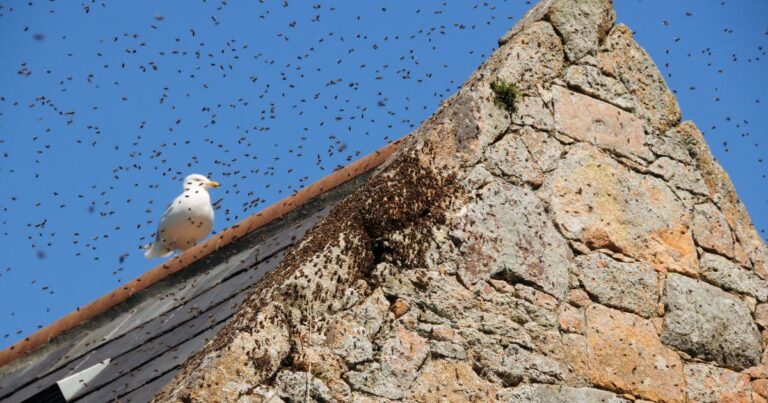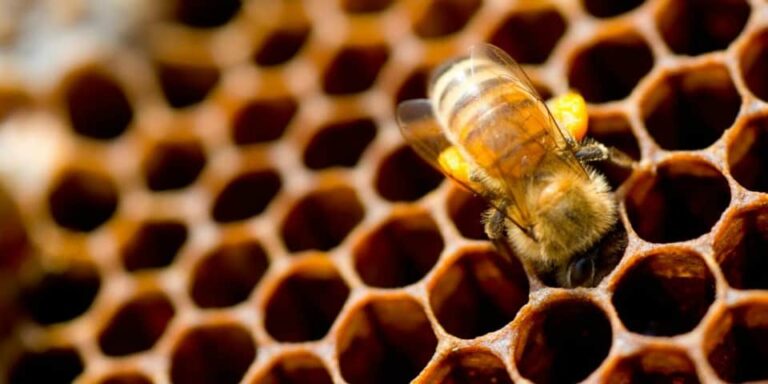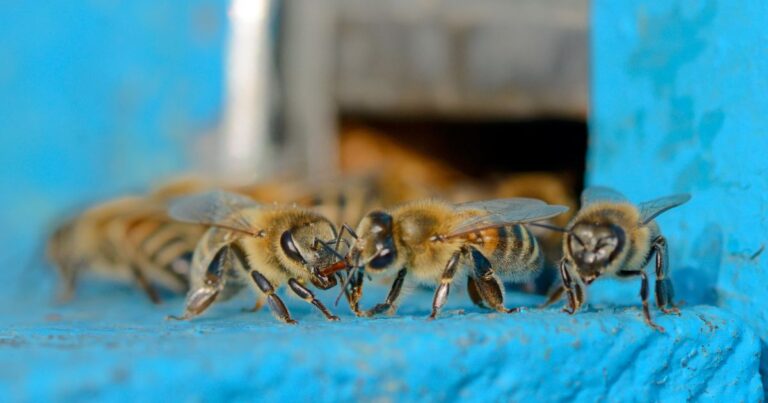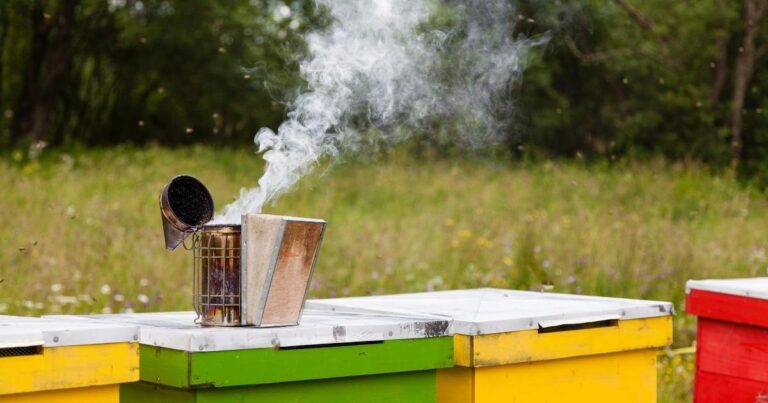Monofloral Honeys Part 2: Counterfeit Cacti
While rare and unique monofloral honey with a distinctive melon flavour is produced from the imperious saguano cacti of Arizona and Mexico, and the prickly pears of southeastern Madagascar, there are some ‘cactus honeys’ that are not what they seem.
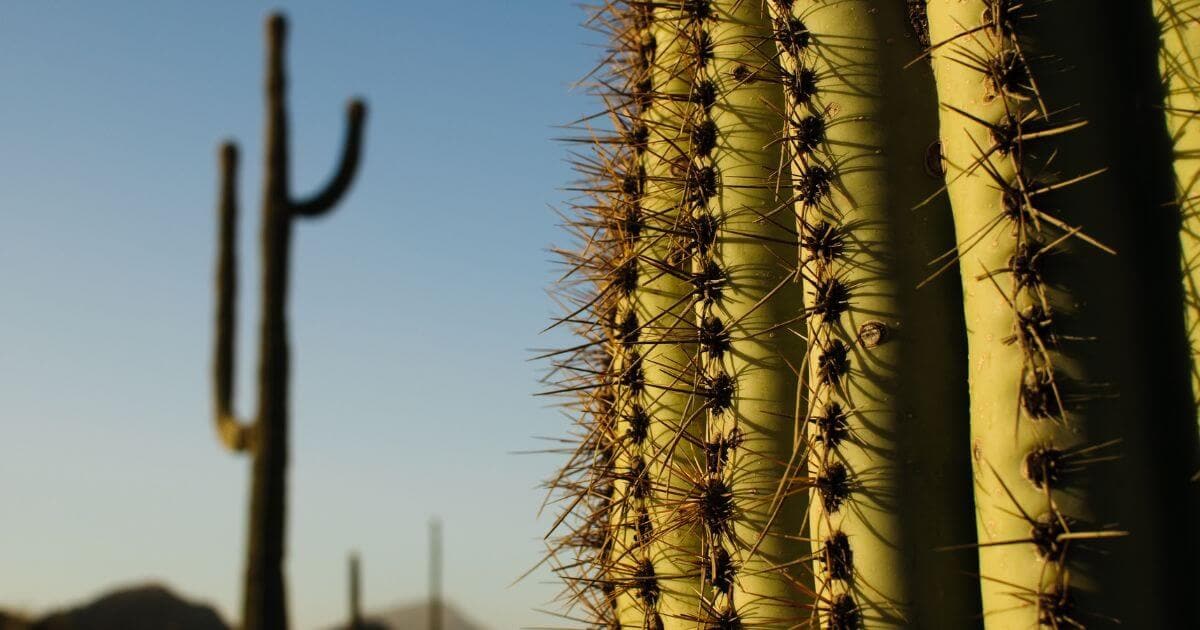
‘Cactus honey powder’ is a granulated substance that bears a superficial resemblance to icing sugar and is promoted as a healthy and natural alternative for sugar that is suitable for diabetics. In reality, it is the dried extract of the agave plant. In liquid form it is often referred to as ‘agave honey’, ‘cactus honey’ or ‘honey water’, but its production has nothing at all to do with bees, and the agave plant itself is not a cactus.
Agaves are a genus of succulents native to arid regions of the Americas that are often confused with members of family Cactaceae but are actually more closely related to asparagus. They are characterised by a large rosette of fleshy leaves, and although they make take several years to mature, they usually flower just once and then die. The indigenous peoples of Mesoamerica found a myriad of uses for these plants, which were actively cultivated. Leaves, roots, flowers and young flower stalks are edible, while the tough fibres can be made into rope, and the sharp, pointed extremities of leaves function as ready-made needles. Leaves were also used as a crude thatch for dwellings, and to manufacture a form of paper.
A strong sap flow is instrumental to the development of the large inflorescence, and the young flower stalk may be harvested to collect this sugary exudate, from which ‘agave honey’ or ‘agave syrup’ is produced. This viscous liquid is also known as ‘agave nectar’, which is again misleading since it is derived from sap. To add to the confusion, agave honey, like the real thing, is purported to have antibacterial, antimicrobial and anti-inflammatory properties. The sap of the agave is also fermented to make an alcoholic beverage called pulque and may be distilled to create the spirit known as mezcal (tequila is a variety of mezcal sourced from the blue agave plant).
There is another large and widespread group of plants that are also often mistaken for cacti. The genus Euphorbia contains around 2,000 species and has been used for medicinal applications since ancient times. Euphorbias from arid habitats, such as the deserts of Africa and Madagascar, have evolved a similar appearance to some cacti, although euphorbias, also known as spurges, have thorns rather than spines, and may be distinguished by their characteristic milky-white, latex-like sap. This contains irritants which can result in painful inflammation, as well as permanent blindness, and serves as a powerful deterrent for herbivores.
Sal honey from Yemen is often maintained to be derived from a type of cactus, but in fact originates from euphorbias. Marketed as a rare delicacy, sal honey is unusual in that it creates a lingering burning sensation in the throat, not unlike that of chilli. It is touted to be capable of killing the bacteria responsible for a variety of ailments, and to have the ability to enhance energy levels, libido and fertility. It is also reputed to contain a high concentration of iron.
Morocco is also notable for the production of euphorbia or spurge honey, which may be referred to locally as daghmous or darmous honey, ironically from the Arabic term for cactus! There are a variety of endemic euphorbia species, in particular E. resinifera, the resin spurge, which occurs on the slopes of the Atlas Mountains. Moroccan spurge honey likewise produces a burning or peppery sensation in the throat and is described as being dark brown to almost black in colour, with a strong and somewhat bitter taste. It is apparently renowned for its therapeutic qualities, and is traditionally used to treat respiratory problems, cardiovascular disease and hypertension, as well as impotence and infertility.

